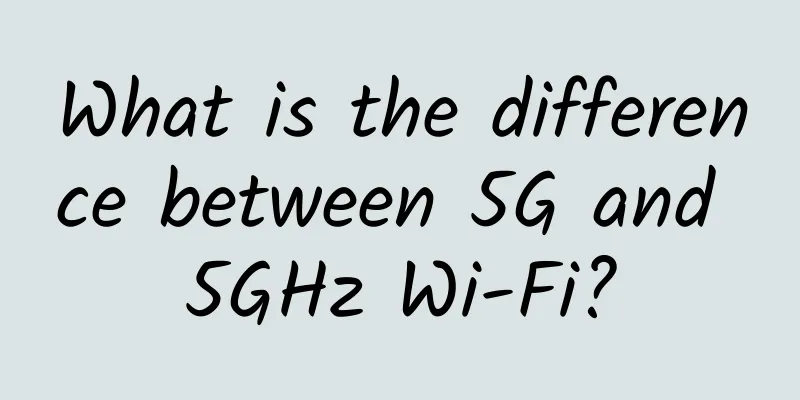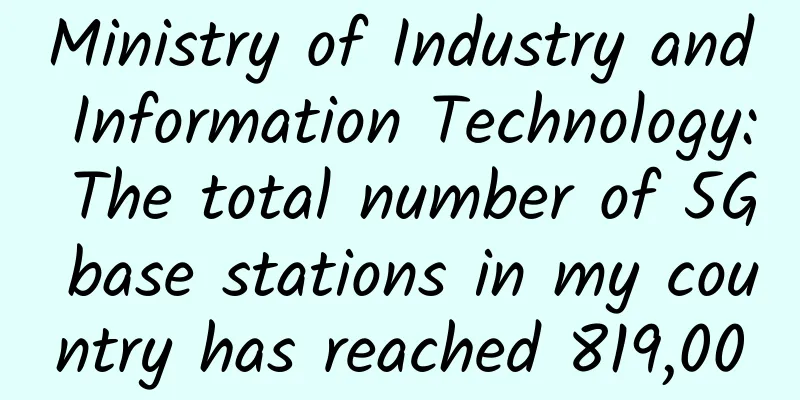What is the difference between 5G and 5GHz Wi-Fi?

|
Are 5G and 5 GHz Wi-Fi the same thing? No, but technically they do have something in common. First, both terms revolve around wireless technology. More specifically, 5G is the latest cellular standard that mobile phones will begin to use, and it really just refers to an upgrade from the previous 4G mobile network standard. 5 GHz refers to a portion of the radio spectrum used by Wi-Fi devices. Most people only encounter this term when connecting to certain Wi-Fi networks or comparing 5 GHz Wi-Fi to 2.4 GHz Wi-Fi.
5G: The latest version of mobile networks
When mobile devices, such as smartphones or tethered laptops or tablets, are still connected to the internet when Wi-Fi is not available, they can connect via the data service of a mobile network operator (MNO). 5G is the latest technology designed to provide super-fast connectivity to these devices. 4G is still the fastest cellular technology in use today in terms of widespread use, but once 5G phones are released, 5G will offer many improvements over 4G, which will ultimately allow 5G to change several industries for the better. 5GHz: Wi-Fi frequency band Devices connected to a Wi-Fi network can transmit data on two frequency bands, depending on the router: 5 GHz and 2.4 GHz. Just as mobile 5G networks are faster than 4G because they operate on a higher frequency, 5 GHz Wi-Fi is generally faster than 2.4 GHz for the same reason. However, 5 GHz is only used in Wi-Fi environments. That is, when you are in a home or business with a wireless router or access point that supports 5 GHz, devices can connect to the router in that band instead of 2.4 GHz. 5 GHz is an option in routers that enables faster transfer speeds and helps reduce congestion and interference by allowing the network to operate on more channels than 2.4 GHz supports. Most modern routers are dual-band routers, which means they can operate on both the 2.4 GHz and 5 GHz bands. So what about 5G Wi-Fi routers? As of now, if you see a Wi-Fi network with "5G" mentioned in the name, it refers to the frequency measured in gigahertz (5 GHz). The people who chose this Wi-Fi name likely wanted to distinguish it from 2.4 GHz networks, which dual-band routers can also broadcast. A dual-band router may enable both network types at the same time, so older devices that only support 2.4 GHz can still connect to the network. At the same time, newer devices can use 5 GHz on the same router to take advantage of the newer technology. In the past, when cellular 5G was still a few years away, calling a 5 GHz Wi-Fi router a "5G router" wasn't confusing because it couldn't be mistaken for a router that connects to the internet via a 5G mobile connection. Now, however, with the advent of 5G wireless routers, you can see how this can be a bit confusing. As 5G networks become more common, they have the potential to replace home networks. Routers that bring our devices online via 5G will almost certainly be called 5G routers, meaning they connect your home network to the internet via the 5G mobile network. Within your home network, your devices will still have the option of connecting to the router on both the 2.4 GHz and 5 GHz bands. |
<<: Cloud + AI, Huawei Enterprise Communications Makes Connections Ubiquitous
>>: If all operators become Yang Bailao, what will they use to build 5G?
Recommend
The number of active IPv6 users in my country has reached 608 million, and IPv6+ development has entered the second stage
On January 22, according to Feixiang.com, on Janu...
BuyVM Mount Hard Drive Method (Block Storage Slabs)
This month we have shared information about BuyVM...
The role of LoRaWAN and IoT in optimizing asset management
The role of the Internet of Things (IoT) and LoRa...
Alibaba established the first ecological IoT alliance to open up technical standards
At the IoT Partner Program Conference 2017 (ICA) ...
From trials to use cases, the big 5G stories of 2017
In 2017, 5G gradually moved from the laboratory t...
Summary of the State Council Information Office press conference, involving 5G, chips, etc.
[[423758]] On the morning of September 13, the St...
Megalayer: Starting from 24 yuan/month-1GB/50G SSD/10M CN2/San Jose & Hong Kong & Singapore data centers
Megalayer is a foreign hosting company registered...
Huawei's ecosystem is expected to prosper exponentially in response to demand
【51CTO.com original article】 As we all know, in t...
A comprehensive analysis of IoT positioning technology! Positioning is moving from outdoor to indoor
As early as the 15th century, when humans began t...
With intelligent networking and remote working, Dandelion allows you to spend the New Year without having to work overtime!
Grabbed a ticket to go home for the Spring Festiv...
NASA to launch laser communications relay demonstration mission this year
According to foreign media, NASA has a mission ca...
The Ministry of Industry and Information Technology sets the tone for the four major 5G operators to deploy in 2021
After a turbulent 2020, China's 5G network co...
How high is the spectrum efficiency of 5G?
[[352550]] This article is reprinted from the WeC...
The emergence of 6G technology: growth opportunities for modern industry
The potential of 6G technology will become appare...









